Submit your review | |
Overview
Japanese calligraphy (書道, shodō)
It is believed that Chinese characters (kanji in Japanese) was introduced to Japan in the second half of the 4th century. At around the same time, shūf (Chinese calligraphy) was incorporated into Japanese culture, and studying calligraphy became proof of one’ s knowledge and education. Japan established its own unique form of calligraphy by the 9th century.
Handwriting is still highly valued in modern day Japan, even though printing technology and information technology have developed significantly. It is incorporated into street signs, advertisements, restaurant menus, nameplates, letters, certificates, school curricula, enrichment lessons, and art. Most of these are written with ink brushes, not pens. Why do the Japanese value brush-writing so much?
One of the reasons is that the people have always viewed those acquainted with calligraphy as wise or educated. But perhaps the biggest reason is that the Japanese recognize that handwritings can convey the writer’ s emotions, feelings, and character. The popularity of handwriting-style fonts, emoticons, and emoji implies that the Japanese find it difficult to express one’ s true feelings and emotions with printed words. In this sense, one of the greatest appeals of Japanese culture is that calligraphy and handwriting are deeply rooted in its society and in the people’ s daily lives.
April 2018 Japan Calligraphy Education Foundation
Submit your review | |
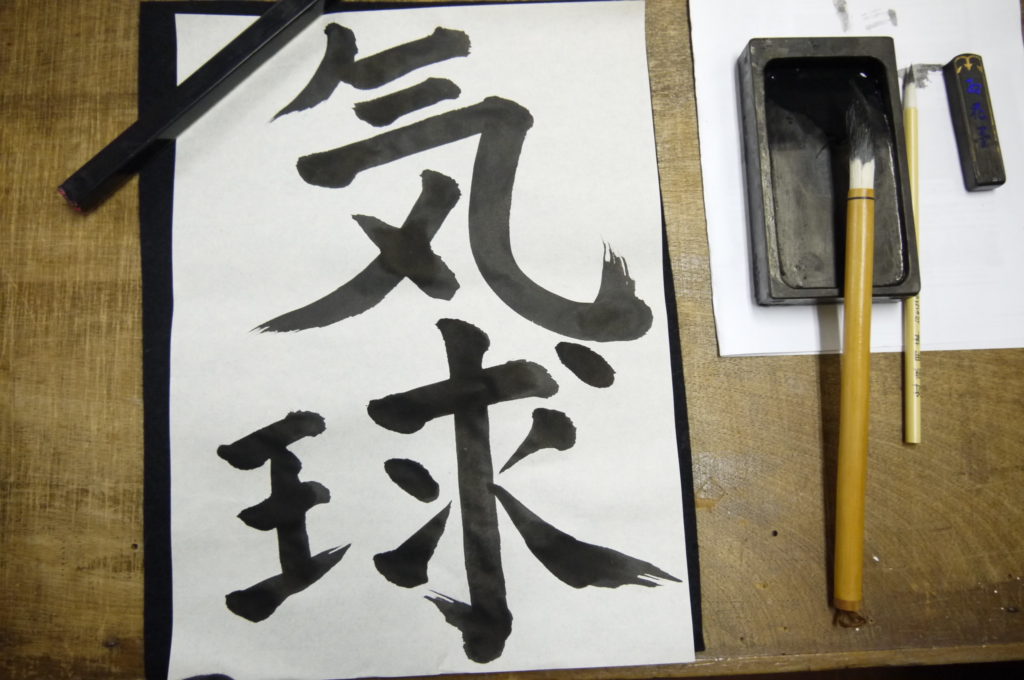
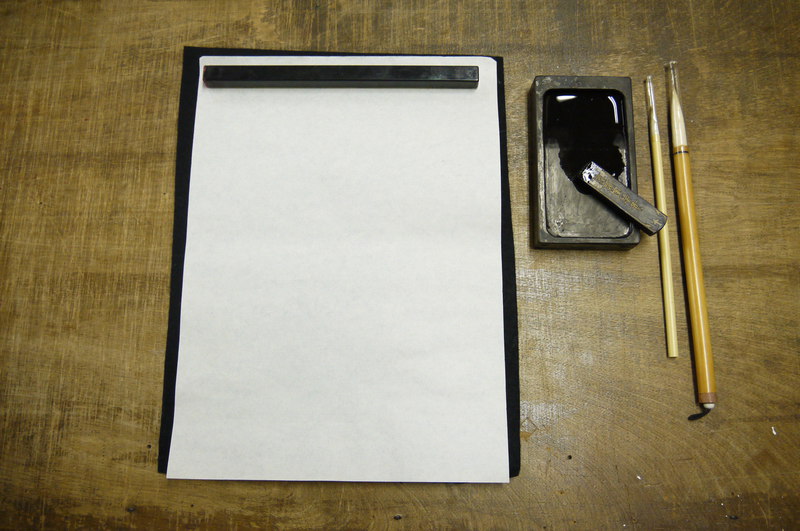
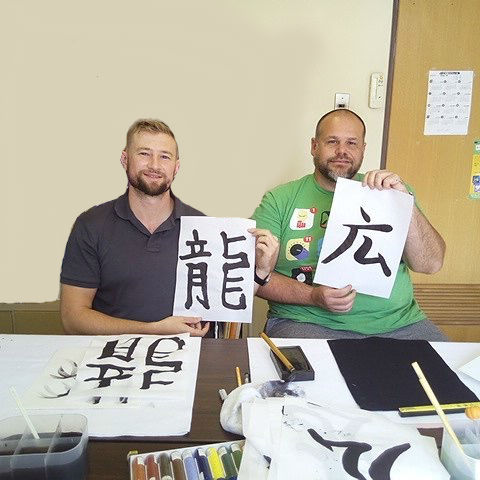
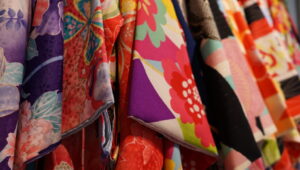

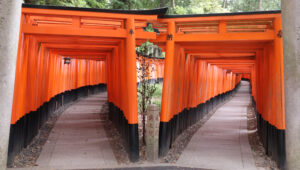
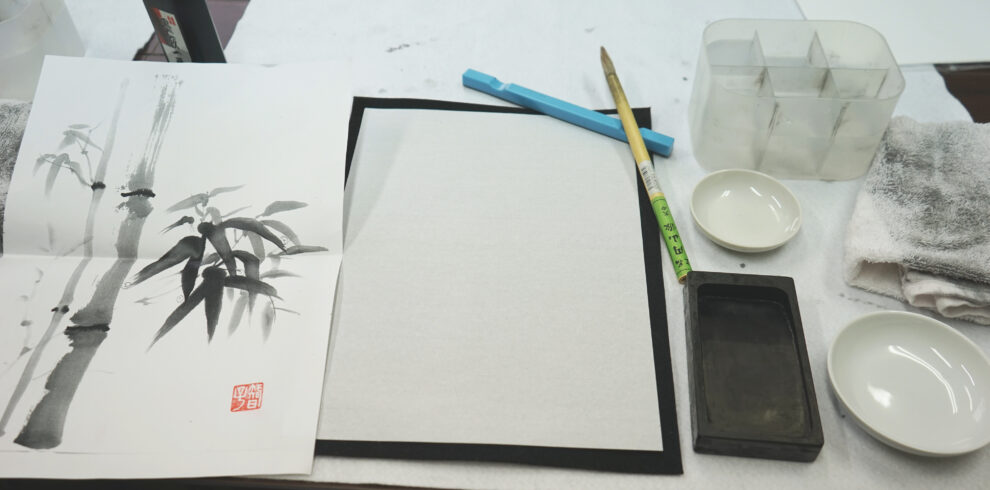
Write a Review